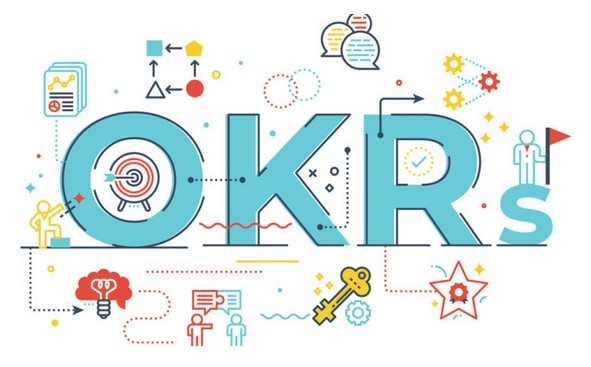OKRs: Creating Powerful Tools For Organizational Progress
Objectives and Key Results (OKRs) are a way to set and track progress toward specific, measurable, and time-bound goals. OKRs are used to set high-level goals and objectives for an organization, such as increasing revenue or improving customer satisfaction. OKRs are broader and more general than KPIs and provide a high-level view of the organization’s goals. OKRs are set at the organizational level and provide a way to align the goals of the organization with the goals of individual departments and teams.
Setting Objectives and Key Results (OKRs) is a powerful way to align your organization’s goals and measure progress toward achieving them. Here is a detailed explanation of how to set OKRs:
- Define your objectives: The first step in setting OKRs is to define what you want to achieve. Objectives should be specific, measurable, and time-bound (S.M.A.R.T.). Make sure that your objectives align with your organization’s overall goals and vision.
- Identify key results: Once you have defined your objectives, you need to identify key results that will help you measure progress toward achieving those objectives. Key results should be specific, measurable, and time-bound (S.M.A.R.T.). They should also be closely tied to your objectives.
- Set measurable targets: For each key result, set a measurable target that you want to achieve. This could be a specific number, a percentage increase, or a specific time frame. Make sure that your targets are challenging, yet achievable.
- Determine data sources: Determine where you will gather the data for your key results. This could be from internal data sources such as sales data, customer service data, or from external sources such as market data.
- Establish a timeline: Establish a timeline for tracking and measuring your OKRs. This could be weekly, monthly, quarterly, or annually. Make sure that you have a regular schedule for tracking and measuring your OKRs so that you can make informed decisions.
- Communicate your OKRs: Make sure that your OKRs are communicated to all relevant stakeholders within your organization. This includes employees, departments, and senior leadership. This will ensure that everyone is working towards the same goals and that everyone understands their role in achieving those goals.
- Review and adjust: Regularly review your OKRs to see if they are still relevant and whether your targets are still achievable. Make any necessary adjustments to your OKRs and targets to ensure that they remain effective.
It’s important to remember that OKRs should be dynamic and regularly reviewed and adjusted to ensure that they continue to provide valuable insights into your business. By following these steps, you can set effective OKRs that will help you align your organization’s goals and measure progress toward achieving them.

